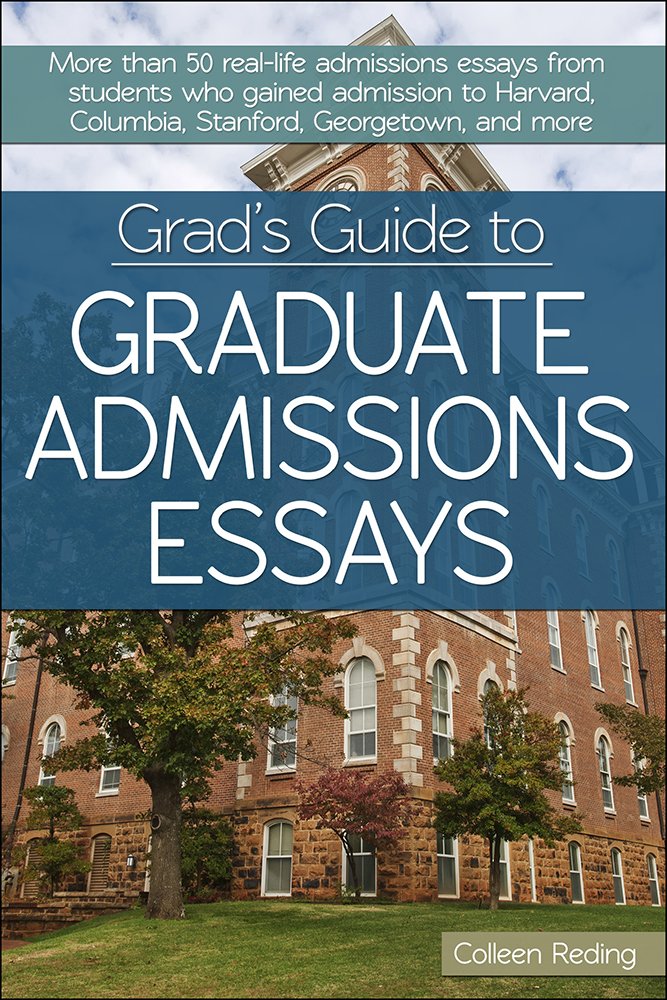A professional degree prepares someone for a particular profession by emphasizing skills and practical analysis over theory and research. Most but not all of the professions associated with professional degrees are professions that require licensing in order to practice in the field. Professions including audiology, architecture; dentistry; dietetics; many fields of engineering; K-12 public education; law; medicine (MD, DO or MBBS); chiropractic; podiatric medicine; nursing; medical laboratory science; music therapy, speech-language pathology; occupational therapy; physical therapy; optometry; counseling; psychology; pharmacy; radiography; social work; urban planning; and veterinary medicine all require a person to first obtain a professional degree in the relevant subject area(s) prior to professional licensure, certification or registration. Other fields, such as speech-language pathology, require the professional to earn a graduate degree as well as additional required licensing, registration, and certification to obtain employment.

History
History of first professional degrees in Europe
In Europe, the first academic degrees were law degrees, which were doctorates (see Juris Doctor). The first entry-level trade degree to be granted in the medical industry was the MD degree. This degree was granted by the ancient universities of Scotland upon completion of medical school until the mid-19th century. At that time, public bodies who regulated medical practice in the UK required practitioners in Scotland, as well as England, to uniformly hold the dual Bachelor of Medicine, Bachelor of Surgery degrees (variously abbreviated MBBS, BMBS, MBChB, MBBChir, BMBCh, etc.).
History of first professional degrees in the United States
The MB or Bachelor of Medicine was also the first type of medical degree to be granted in the United States and Canada. The first medical schools that granted the MB degree were Penn, Harvard, Toronto, Maryland, and Columbia. These first few North American medical schools that were established were (for the most part) proprietary schools founded by physicians and surgeons who had been trained in England and Scotland. North American medical schools switched to the tradition of the ancient universities of Scotland and began granting the MD title rather than the MB mostly throughout the 1800s. Columbia University in New York (which at the time was referred to as King's College of Medicine) was the first American university to grant the MD degree instead of the MB. The medical degree could be obtained by night school study. The MD was the first entry-level professional degree to be awarded as a purely trade school doctorate in the United States. This was nearly sixty years before the first European-style research doctorate, the PhD, was awarded in the U.S. in 1861.
Physical therapy programs in the US have transitioned their entry-level or "first professional degree" from the Bachelors or Masters to a doctorate (Doctor of Physical Therapy) as well, just as they previously changed the standard entry level degree from a bachelor's degree to a master's degree.
Global history of first professional degrees
Recently, there has been a world-wide movement to structure vocational programs as "graduate-entry" (meaning requiring a previous degree). In countries where professional degrees are undergraduate degrees, graduate-entry undergraduate programs have been established to allow students with a previous bachelors to enter the profession. This movement towards the graduate-entry model reflects an emphasis that has been placed on teaching professional skills at an advanced, intensive level. The switch to graduate entry also allows for a greater diversity of applicants who are more mature and motivated to study at the professional level.
Graduate Professional Degree Video
First professional degrees by country
United States
According to the U.S. Department of Education, "A first-professional degree was an award that required completion of a program that met all of the following criteria: (1) completion of the academic requirements to begin practice in the profession; (2) at least 2 years of college work prior to entering the program; and (3) a total of at least 6 academic years of college work to complete the degree program, including prior required college work plus the length of the professional program itself. Several of these degrees use the term "doctor" in the title, but these degrees do not contain an independent research component or require a dissertation (thesis) and should not be confused with PhD degrees or other research doctorates.
Generally, first-professional degrees are considered graduate level degrees. First-professional degrees may be awarded in the following 14 fields:
- Architecture (B.Arch)
- Chiropractic (D.C., D.C.M.)
- Dentistry (D.D.S., D.M.D.)
- Law (L.L.B., J.D.)
- Medicine (M.D.)
- Occupational Therapy (O.T.D.)
- Optometry (O.D.)
- Osteopathic Medicine (D.O.)
- Pharmacy (Pharm.D.)
- Physical Therapy (D.P.T)
- Audiology (Au.D.)
- Podiatry (D.P.M., D.P., Pod.D.)
- Theology (M.Div., M.H.L., B.D., or Ordination)
- Education (B.Ed., M.Ed.)
- Veterinary Medicine (D.V.M. or V.M.D.)
The use of this term was discontinued in IPEDS as of the 2010-11 data collection, when use of the new post-baccalaureate award categories became mandatory.
Other countries
Some schools outside the U.S. offer professional doctorates (Pr.D) for part-time students in a broad range of full-time careers. These programs typically require 3-6 years of structured study towards advanced professional practice. Coursework is followed by a professional project that contributes to the students organization, industry or profession..
In some other countries, such as the United Kingdom, the study of vocational subjects at the undergraduate level, and post-graduate qualifications outside the academic degree structure, also play a large role in professional training.
Most countries outside the U.S. continue to only award doctorates as higher academic research degrees. For example, in the field of architecture, the professional first degree may be either the Bachelor of Architecture or the Master of Architecture while in the field of fine art, its professional first degree is the Master of Fine Arts. There is currently some debate in the architectural community to rename the degree a "doctorate".
Many of those who obtained their first professional degree outside of the United States (which may be a bachelors) are considered to have an "equivalent" qualification to their doctoral counterpart for professional reasons. Equivalent does not equate to right to practice, as many are deemed not equivalent enough to grant a license to practice in the United States. Even in Canada, the medical degree of Doctor of Medicine is considered an undergraduate degree. For example, a British medical degree, the MBBS, is equivalent to the US-MD. An MBBS graduate if licensed to practice medicine in the United States is, in at least one state, allowed to use the "MD" and is referred to as "doctor" because it accurately describes their professional role.
In addition, in the Netherlands, engineering students can earn Bachelor's degrees (usually BSc.) and Master's degrees (usually MSc.). Those wishing to continue their education within the engineering field can continue with academic research in their field (Doctor of Philosophy or Ph.D.) or a professionally applied approach (Professional Doctorate in Engineering or PDEng).

First professional degrees by field of study
Some first professional degrees (e.g. Juris Doctor, Doctor of Medicine, Doctor of Osteopathic Medicine, Doctor of Physical Therapy, Doctor of Chiropractic, Doctor of Podiatric Medicine, Doctor of Pharmacy, Doctor of Dental Surgery, Doctor of Optometry, Doctor of Veterinary Medicine, and Doctor of Audiology) have the term "Doctor" in the title. While such degrees are considered professional doctorates and are entitled to use the title of "doctor," they are not equivalent to the PhD in that PhD students generally complete a longer program that includes the production of a dissertation that adds to the knowledge in the student's field, according to the U.S. Department of Education (2008). The minimum credit requirement for a doctoral level degree, such as a PhD, is 72 graduate level credits per the U.S. Department of Education (2008). However, the actual credits may vary between institutions and degrees. The typical PhD holder earns an advanced education, learning how to "think," while an MD holder earns a vocational skill (training), learning how to "do" as would other vocational graduates. As such, an MD is not considered a doctorate in academia.
Engineering
In engineering, Bachelor of Engineering and Bachelor of Applied Science degrees are commonly awarded in the UK and Canada, respectively, and the Bachelor of Science in an engineering field is awarded in the United States. The advanced professional degree usually awarded is the Master of Engineering (M.Eng), although some schools have the option of an Engineer's degree. In several British commonwealth countries the Chartered Engineer (requires M.Eng degree) and the Incorporated Engineer qualifications represents the final stage of a fully qualified professional engineer including both academic, professional practice, and competency components. In South America, the professional title Ingeniero is the first level to qualify as a Professional Engineer. The terminal academic research degree is the Ph.D., Sc.D. or Eng.D.. The professional engineer (PEng/PE) designation in Canada and the USA is license to practice engineering in the public domain and should not be confused with academic qualifications.
Forestry
In the United States, a first professional degree in forestry may be awarded at either the Bachelor's or Master's level.
Medicine
In medicine, the distinction between first professional and advanced degrees depends on geography. Outside North America and Germany, the first professional degree in medicine is a Bachelor of Medicine and Surgery (B.M., Ch.B.), (M.B.B.S.), while an advanced professional degree can be a Master of Science (e.g. Surgery), and the terminal academic research degree can be a Doctor of Medicine (non-US MD) or a PhD in a medical science (e.g. anatomy). To be eligible to apply for an MD degree from a UK or Commonwealth University, one must hold either an MBBS, MBChB, BMBS, BMed, BM or US-MD degree and have at least 5 years of postgraduate experience.

Higher professional degrees
Some professional fields offer degrees beyond the first professional degree. For instance, in the United States, in order to earn an LLM, one must have received a JD. Likewise, SJD candidates must generally have an LLM, although in rare circumstances SJD candidates are admitted based on their first professional degree. Also, in the field of dentistry, MSD (Masters of Science in Dentistry) applicants must hold a DDS/BDent/DMD/BDS before admission to master's programs in dentistry, and a PhD in Dental Science requires either a MSD or DDS/BDent/DMD/BDS. Joint MD/Ph.D students in the U.S. must be accepted by both the school of medicine and the graduate school of the same institution.
Are You Looking for Products
Here some products related to "First Professional Degree".
Is College Worth It?: A F..
Amazon.com : Graduation K..
Grad's Guide to Graduate ..
The Graduate Student (978..
Get these at Amazon.com* amzn.to is official short URL for Amazon.com, provided by Bitly
Source of the article : here






EmoticonEmoticon